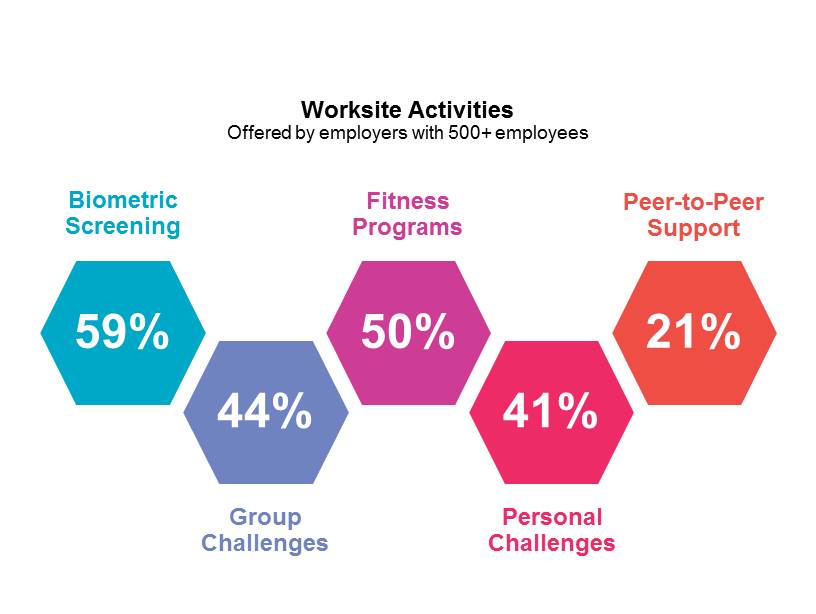Make the Transition From Wellness to Well-being

A transition is underway in workforce health — from thinking about employee wellness to thinking about employee well-being. The current understanding of wellness, which has been largely focused on nutrition, physical activity, and tobacco cessation, is now expanding to include two additional pillars of health — sleep and resilience. Still more important, employers are moving beyond a tight focus on physical health to address the many interrelated factors that contribute to individual and collective success, or well-being. We define well-being as the active state of pursuing health and life skills with the aim of achieving physical health, emotional health, and financial security.
Mercer’s most recent survey of employer-sponsored health benefits found that nearly all large employers (500 or more employees) offer programs designed to support employee health. Some still provide only their health plan’s standard health management services (45%), but the majority makes additional investments in employee health: 24% purchase optional services from the health plan, and 38% contract with one or more specialty vendors to provide programs or services. While health assessments and disease management program remain the most common programs offered, new understanding of the importance to health of sleep — including its impact on chronic conditions — has led to the rapid adoption of programs that diagnose and treat sleep disorders, now offered by 32% of employers. As part of the expansion of wellness to well-being, employers are introducing resiliency programs to help employees understand the difference between useful stress and harmful stress and to give them techniques to better handle stress (11%).
In addition to formal health management programs, employers are providing a range of activities to engage employees and create a culture of health in the workplace. These include worksite biometric screenings (59%), onsite yoga or exercise classes or weight loss programs (50%), group challenges where work units or locations compete in health-related competitions (44%), personal challenges (41%), and peer-to-peer support opportunities (21%). Onsite fitness facilities are provided by 41% of employers at some or all locations, while others subsidize fitness facility memberships (23%) or provide fitness facility discounts (41%).
There’s growing recognition that programs that seek to help employees change behavior have a better chance of succeeding when the work environment supports the desired behaviors, and certain organizational policies can help create a culture of health. About two-thirds of employers (68%) have a tobacco-free workplace policy, and 59% support healthy eating choices by providing healthy options in the cafeteria or at company events. About half explicitly encourage physical activity by features or resources in the work environment such as a gym, standing desks, or walking trails (51%) — although only 17% allow employees to take work time for physical activity or stress management. Two-fifths support work-life balance with job-share options and flex time. Fewer than a third have a policy regarding responsible alcohol use (29%).
As employees become more engaged in their well-being, their expectations rise. They want and expect novel health and well-being products and services that are intuitive, transparent, personalized, and technology-enabled. Technology is playing an important role in the evolution of wellness programs — fully two-thirds of employers use some form of technology-based resource to encourage employees to become more engaged in caring for their health. Most common are devices to monitor activity such as pedometers (offered by 35% of employers) and mobile apps that make it easier to track activities and progress toward a goal (31%). Onsite kiosks, provided by 9% of employers, also help employers to reach employees “where they work.” Devices to transmit health measures to providers (10%) can help employees who are managing a chronic condition be more proactive.
Health habits are affected by an individual’s home life as well. Over half of employers (56%) make spouses and/or children eligible for key elements of health management programs. Not only does engaging every member on the health plan maximize the potential ROI of the health plan, but employees will be more likely to succeed at changing behavior if their efforts are supported at home.
